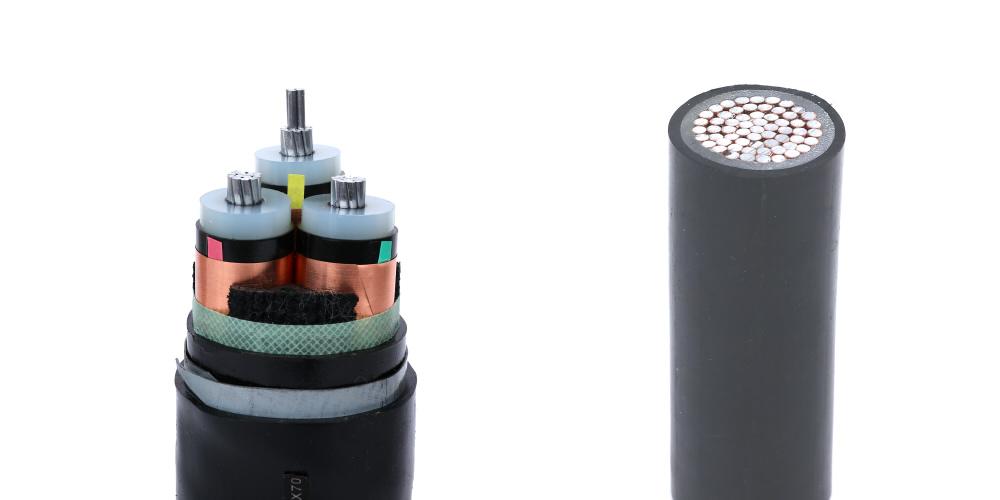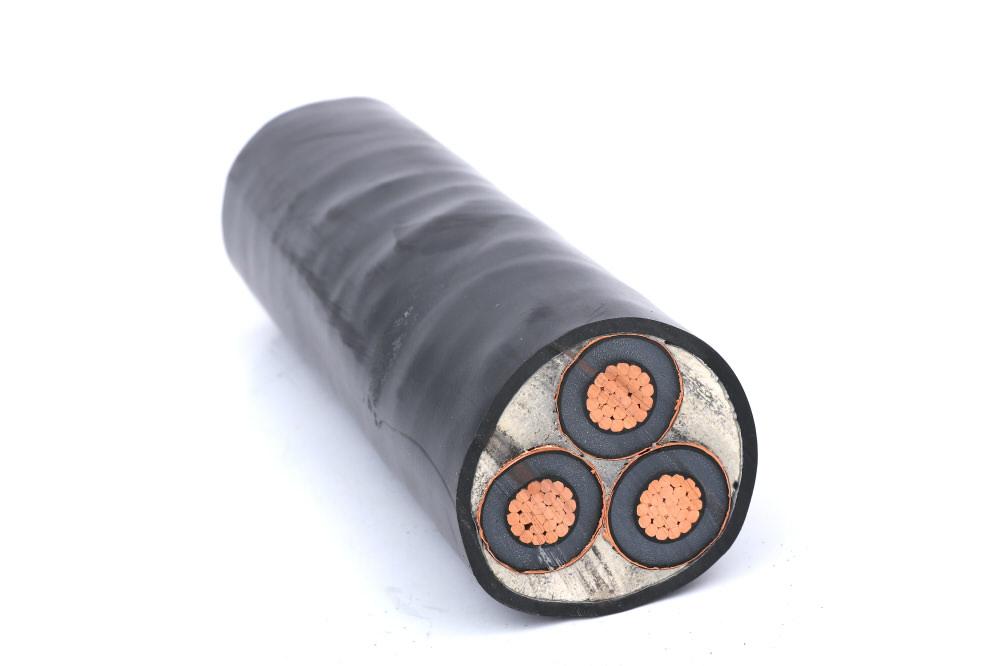The most commonly used high-voltage cables are single-conductor and multi-conductor cables. 3 threads. Single-conductor cables are often used for the transmission of DC and AC current unidirectional, as well as for the oil-filled and inflatable lines of 60 kV and above. Three-conductor cables are mainly used in three-way AC networks..

Depending on the actual application, there are many differences in scope, the placement environment, the making, installation and price of multi-conductor and single-conductor cable.
Scope of application and placement environment
The HV single conductor cable is suitable for indoor use, in tunnels and in cable trenches. Cannot withstand external mechanical forces. In view of heat dissipation, it is not suitable for direct burial and placement in magnetic pipes is not allowed, like the steel ones.
multiconductor cable 3 threads is suitable for use indoors and outdoors, in tunnels and cable trenches. Can withstand certain mechanical forces and stresses. The high voltage armored cable of three cores can be placed directly buried or in magnetic tubes.
Manufacturing and transportation
Single-conductor high-voltage cables have a small outer diameter and are lighter. Therefore, can be manufactured in lengths that are not limited by cable tray and weight. For example, single conductor cable 400 mm2 can be manufactured in lengths up to 1000 m.
The manufacture and transport of three-conductor cables are limited by the weight of the cable tray and the weight itself. The length of a multiconductor cable 3 threads of 400 mm2 usually does not exceed 500 m.
construction and installation
Single conductor cable is easy to lay. Nevertheless, the laying length is three times greater than that of a three core cable. Therefore, the total construction time is longer. When single conductor cables are connected to the terminals, the electrical safety distance is more generous, since crossings can be reduced. In long line projects, single-conductor cables can reduce the use of splices. This increases the reliability of transmission line operation..
Multi-conductor cable is not easy to lay. Nevertheless, the length of the laying is 1/3 than that of a single conductor cable. Therefore, the total construction time is less. When the three-conductor cable is connected to an indoor distribution unit, cable termination is influenced by the size of the cable container.

Funcionament condition
Single conductor cables have more stringent requirements for the laying environment, since it is not allowed to shield them with magnetic steel tapes. Cable damage can be caused by normal external forces. Usually, the metallic shielding of a single-conductor cable must be connected to ground on one side or across. If grounded directly, will generate a great loop current, that can burn the cable.
multiconductor cables 3 wires have more relaxed requirements for the laying environment because they are protected by steel tape armor. There is some protection against general external damage. The three phases of the three-core cable are wrapped together and insulated by insulating material. If the insulating material is damp, deterioration will easily cause phase short circuit.
Precio
HV single-conductor cables are cheaper than HV multi-conductor cables 3 threads for the same section. Nevertheless, it is important to take into account the actual requirements when buying. Usually, For cables with a cross section of 500 mm² e inferior, it is more appropriate to choose a three-core cable. This is because the three-core cable line is more secure..
